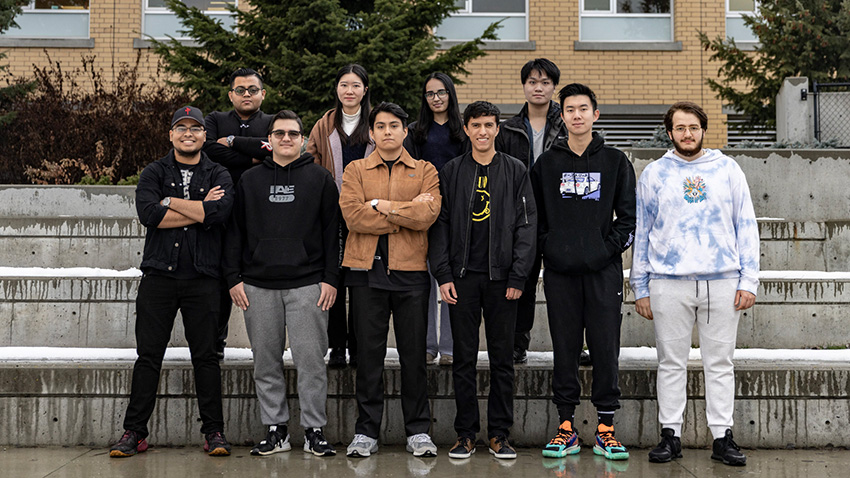Strato-Science campaign
In , four zero-pressure balloons carrying seven Canadian payloads will be launched from the Timmins Stratospheric Balloon Base to test new technologies, conduct science experiments and take measurements. In addition, two meteorological balloons will be launched with educational payloads onboard.
The goal of the campaign is to provide post-secondary students with the unique opportunity to design, build and test small payloads. The payloads will launch aboard a high-altitude balloon system, provided by the Canadian Space Agency, and will give students enough experience to perform their own balloon launches. As part of the launches, the teams are introduced to engineering project processes and produce technical and progress reports in different phases. The campaign provides an amazing way to develop STEM skills.
List of payloads
Zero-pressure balloons
-
High-Contrast Imaging Balloon System II (HiCIBas-II)
- Organization: Université Laval
- Objective: Generic precision pointing telescope for astronomy observations
-
Technologies for Recognition and Awareness of Space Debris (TRASH)
- Organization: Université Laval
- Objective: Collect data on space debris in low Earth orbit using an EMCCD camera
-
High-Altitude Balloon Light at Night Experiment v3 (HABLAN v3)
- Organization: Cégep de Sherbrooke
- Objective: Multispectral, multi-angular and multi-resolution remote sensing of ground-based artificial light systems
-
RSOnar v2
- Organization: York University
- Objective: Technology demonstration of dual-purpose, commercial grade, CubeSat compatible star tracker concept for space-based space surveillance

The York University team that worked on RSOnar. (Credit: RSOnar team, York University, )
-
Miniature Imaging Fabry-Perot Spectrometer (MIFPS)
- Organization: York University
- Objectives:
- To obtain accurate high-resolution measurements of molecular oxygen O₂ A-band using a concept-proven imaging Fabry-Perot spectrometer; and
- to retrieve simultaneously from the measurements surface pressure, aerosol information, and surface albedo

The York University team that worked on MIFPS. (Credit: MIFPS team, York University, )
-
Canadian Atmospheric Laser Absorption Spectroscopy Experiment Test-bed (CALASET) Sensor
- Organization: University of Toronto
- Objective: In situ measurements of atmospheric gases (e.g. CO₂) using non-dispersive infrared absorption spectroscopy
-
BVEX Tracker
- Organization: Queens University
- Objective: High-precision tracking data recorder
Meteorological balloons
-
StratoNeers (CAN-SBX)
- Organization: University of British Columbia, as part of the CAN-SBX Challenge led by Students for the Exploration and Development of Space (SEDS) Canada
- Objective: Studying the effectiveness of various cell architecture and various error correcting software in protecting data against SEU caused by cosmic rays

The University of British Columbia Okanagan team that worked on StratoNeers. (Credit: StratoNeers team, University of British Columbia, Okanagan )
-
Science Timmins
- Organization: Science Timmins
- Objective: 8 experiments designed by 20 high school students focused on cosmic rays, greenhouse gases and imagery

Members of the Science Timmins Team (Credit: Science Timmins Team, )
Contact
Should you have any questions regarding the STRATOS program, contact us at stratos_administration@asc-csa.gc.ca.
